It should be easy to find your products on search engines such as Google. Herein lies the difference between an ecommerce business that fails or succeeds. Part of effective SEO is to see that pages of your site appear as relevant as possible to a search engine. It is for search terms (keywords) that your prospective customers are using. Many business owners are unaware that their Ecommerce platform isn’t equipped. For features, that need to make their online shop search-engine-friendly. Few ecommerce software offers only the most basic SEO features. While some offer only at a premium cost while others do not provide them at all. What SEO features you should look for? While choosing an ecommerce solution for your online store? The majority of the most popular ecommerce platforms claim to be SEO-friendly. There is no proper definition for the terms “SEO friendly;”. some platforms that claim to be SEO-friendly miss important SEO features. Whether you choose a shopping cart, hosted ecommerce, or more customized ecommerce solution. You need to compare the SEO features that the platform offers against this list of 21 SEO features.
- SEO-Friendly URLs

Choose an eCommerce platform supporting static, keyword rich URLs. There are some eCommerce platform that generate automatic page URL. With the same names as the product categories in your online store. For SEO, it’s preferable to have independent control of the page URLs.
Find at: Volusion, Magento, Shopify, WooCommerce, Sumo
- Granular Page Title Control
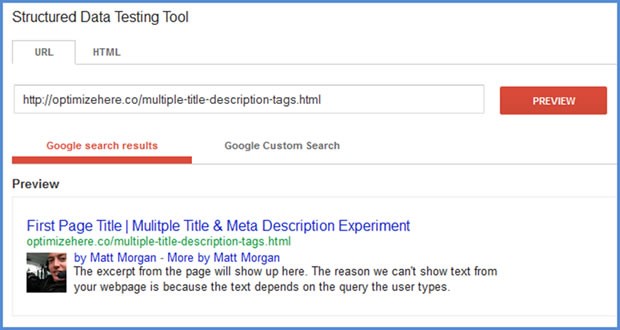
The most important SEO element on a page by all means is the page title. It is great if your eCommerce platform allow you to edit individual page titles for every type of page. Some eCommerce platforms allow to edit product page titles but not category page titles.
Find at: Magento, Sumo
- 301 Redirects
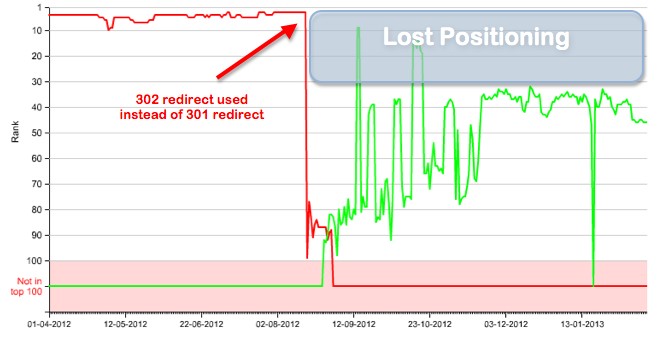
Choose a platform that enable to set up 301 redirects. A 301 redirection is a command to redirect a browser or search engine from one URL to the other. Many eCommerce sites delete pages as frequent as products stop or categories change, etc. 301 redirects allow you to redirect link juice and visitors from the deleted page to a new one.
Find at: Sumo
- Canonicalization
Defining canonicalization, Google recommends several ways to avoid duplicate content penalties. Choose your ecommerce platform that support making, at the least, the two following changes.
Choose your preferred domain.
Choose whether your site is example.com or www.example.com. 301 redirect the alternate version to your selected initial one.
Specify the canonical link for every version of a page. Set up a canonical URL for every page. Canonical URL is the URL you want Google SERPs to display. A Canonical URL is the original address of a page that you find in more than one location. Canonicalization indexes and ranks content the correct way. Which you can view using many URLS.

Using <link rel="canonical" href="" /> prompts Google which URL is the primary version.
You can avoid duplicate content issues. It also consolidates link juice to the primary URL.
Find at: Sumo
- Search friendly Navigation Structure
For SEO purposes, it is preferable to have independent control of the navigation links. Search engines and visitors need an easy way to move around your website. Some ecommerce platforms will auto-generate the navigation links in your menus. By using the same names as the products and product categories in your online store. Look for a navigation structure that meets these SEO criteria:
- Site which can be navigated without Flash or JavaScript,
- Primary navigation links are text, not images,
- Keeping Duplicate and redundant links to the least, and
- Edit Navigation menus at the individual link level.
Find at: Magento, Volusion, Sumo
- Taxonomy Options
Create a well-organized brand and category taxonomy. It will help navigate your site and improve your SEO. You can optimize brand pages for branded keywords. It can often drive high converting visitors.
Find at: Sumo
- Automated XML Sitemaps
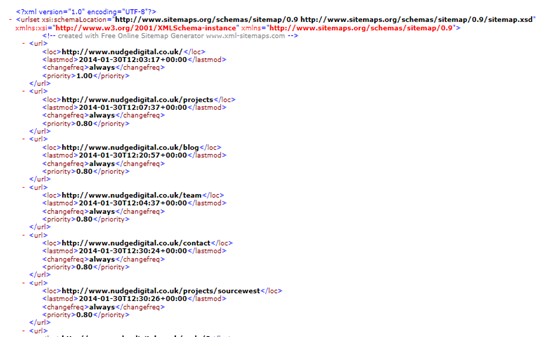
Choose an eCommerce platform with automatic XML sitemap generation. An XML sitemap is a file located on your web server to help search engines find and index your content. An XML sitemap provide different way to get your website more crawlable. Just adding an XML sitemap won’t raise your rankings. But it lets Google locate, crawl and index new pages quicker. It makes creating and updating your Sitemap easier. Yo need to Note that the XML sitemap differs from an HTML sitemap. The latter help human visitors find the content on your website.
Find at: Shopify, Volusion, Sumo
- Use of Own Domain name

Go for a domain name exclusive to your business and registered in your name. Register your domain name with a third party domain registrar. Do not go with the company that host your shopping cart. While most ecommerce platforms will allow you to use your domain name. While Some only offer this as a premium feature and some only at an extra cost. It can result in some business owners making the error of accepting a free branded subdomain. When launching their online store. e.g. www.yourbusinessname.moonlight.com where Moonlight is the name of the ecommerce platform vendor. It Not only make your business appear less professional. But any external links pointing to your website will most benefit the platform provider. Rather than you.
Find at: BigCommerce, Shopify, Volusion provides with additional charges, Sumo
- Google Analytics for eCommerce
During pre-sales ask if the platform supports Google Analytics ecommerce transaction tracking. Though not a perfect SEO feature. It helps to make better SEO decision. Just by linking revenue to specific keywords and landing pages. Many platforms support basic Google Analytics code but not Google Analytics ecommerce tracking.
With Google Analytics, you analyze the most popular search terms used within your site. It helps determine how to name best your products and product categories. It may even influence the type of products you would wish to stock in future.
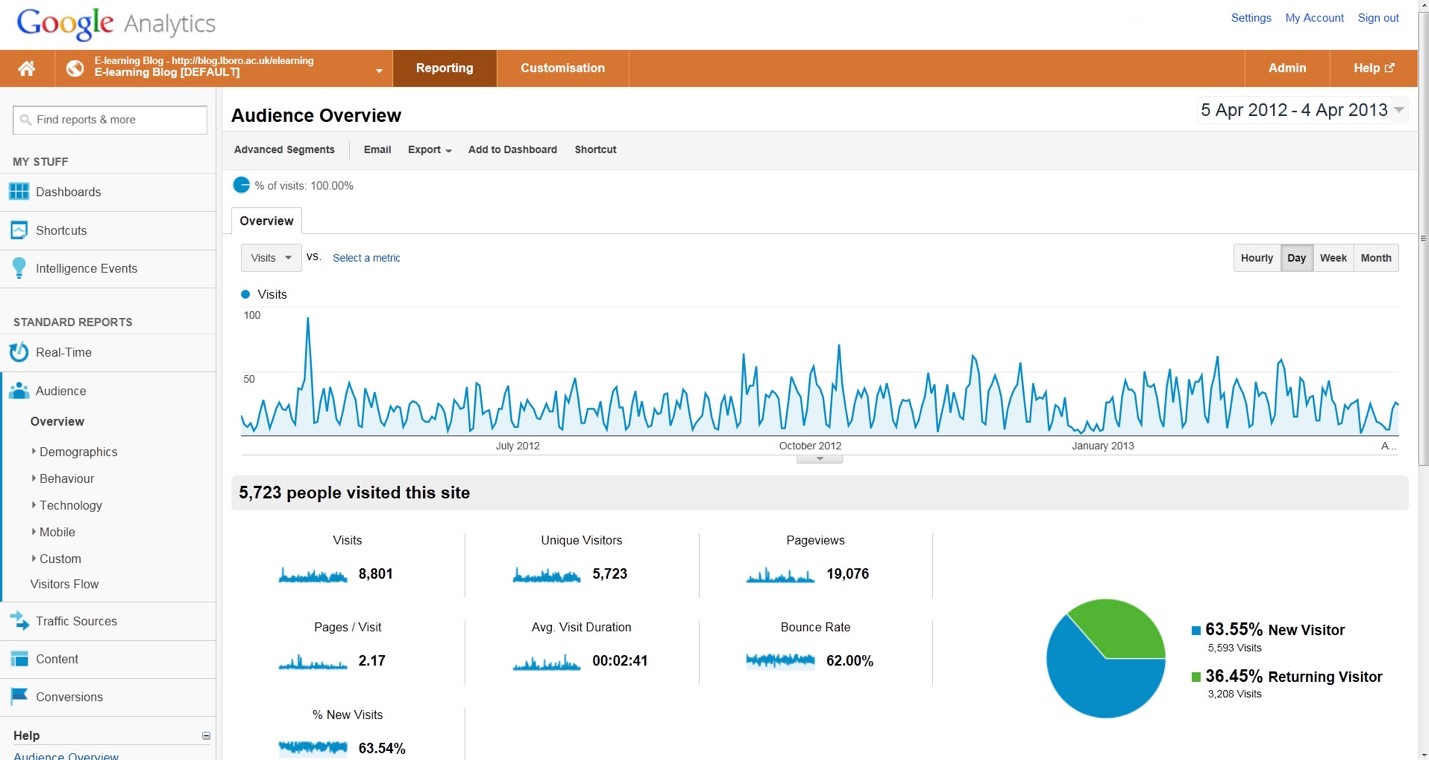
Find at: Big Commerce, Magento, Shopify, WooCommerce, Sumo
- Robots Meta Tag
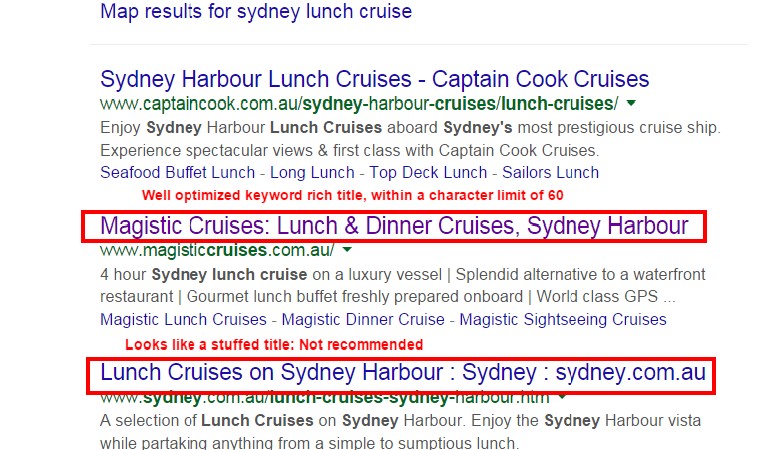
Choose an eCommerce platform that allow you to set individual pages. To display the noindex meta tag. Robots noindex meta tag is the desired solution. To keep specific pages from appearing in Google search results.
Find at: Volusion, Sumo
- Custom Landing Pages
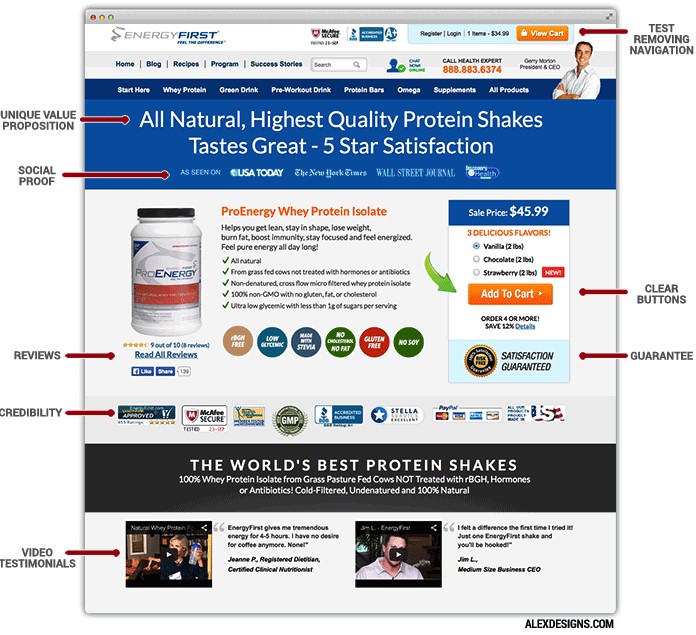
Choose a platform that allow you to create custom landing pages. It will allow you to target more keywords and to custom-tailor pages. Thereby allowing to reach specific market groups.
Find at: Sumo
- Blog
Choose a platform that offers a full featured blog. That comprise commenting, social sharing, anti-spam and RSS feed features. Few sites have unique, newsworthy products. That other sites will want link to their favorite page. There are more chances to get external links by having a blog. Those that contain topical engaging and shareable editorial-style content.

One Kings Lane Blog Seamlessly integrated in to their ecommerce site
Google keep recommending that content marketing is an effective strategy to build backlinks. A blog is a cumpulsory tool in the SEO's arsenal.
Find at: Shopify, BigCommerce, Magento provide free plug-ins, Woocommerce, Volusio, Sumo
- Robots.txt Control
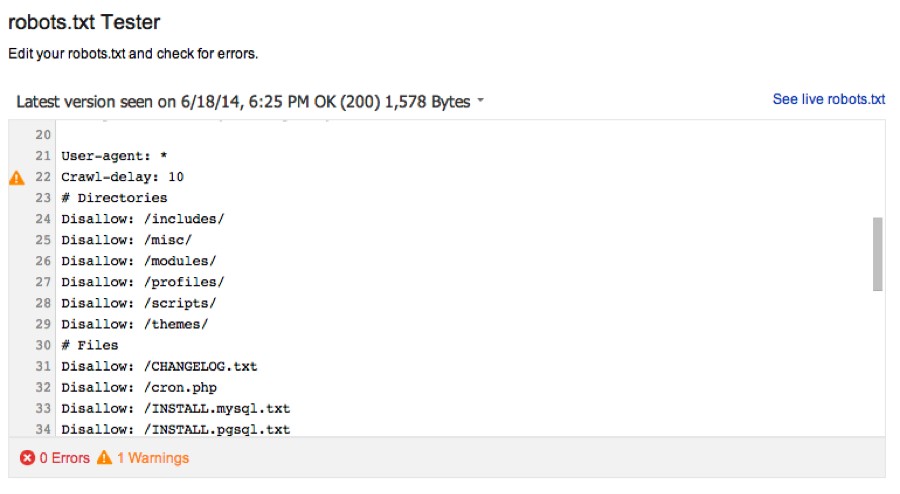
A robots.txt file lets you specify URLs and directories that robots shouldn't crawl. It is helpful for blocking search engines from crawling non-HTML files. That don't support the robots meta tag. Google won't crawl URLs blocked by robots.txt. But reserves the right to display blocked URLs in SERPs.
Find at: Sumo
- Site Speed
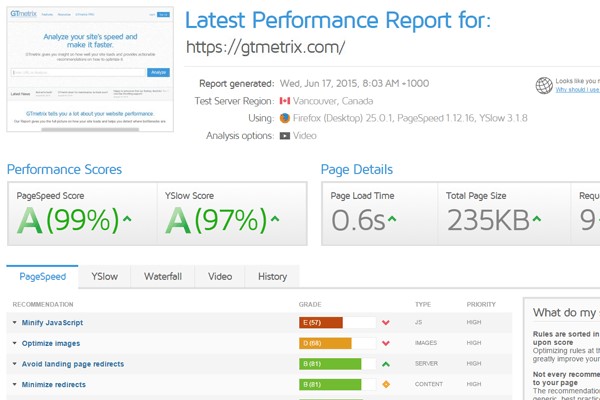
Fast loading websites are the best for users and SEO and can lead to higher conversions. If you choose self-hosted software, go for a platform with fast, efficient code. With the ability to put in place Google's performance best practices. Page load speed depend on the platform you choose as well as the hosting solution you use to host the site. In case you want a hosted eCommerce platform, you can't see the server-side code. Test the page load speed. See if you can install Google's performance best practices.
Find at: Magento, Volusion, Sumo
- Analytics enabled Site search
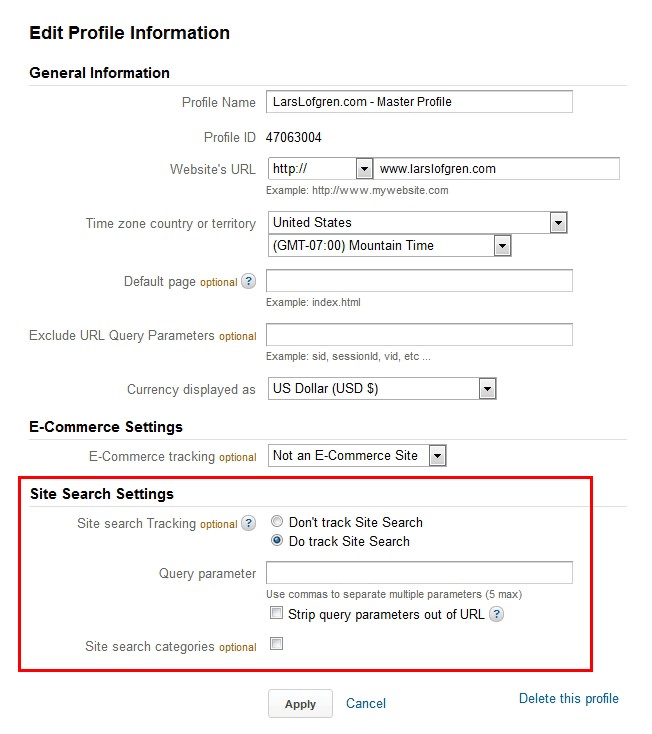
Choose the platform that integrate with Google Analytics site search reporting feature. It allows you to see keywords visitors use while searching on your site. It can be convincing data for keyword research.
Find at: Sumo
- Schema.org Markup

Google can use Schema.org (collection of HTML tags). For improving the display of results in SERPs. Schema.org provide markup tags for products, reviews, ratings and other objects. Google use this markup to generate higher SERP display.
Find at: Sumo
- Alt Tag Control

Choose a platform that allow you to edit the alt tag values for individual images. An ALT tag is text combined to a product image. It will describe the image to search engines and users who are unable to view images in their browser. ALT tag don’t have a high correlation to your ranking in the main Google search results. It has quite an impact on the image’s appearance in Google’s Image Search results. Optimized image alt tags seem to have a robust correlation with high rankings.
Find at: Volusion, Sumo
- Granular Meta Description Control


Choose a platform that allow you to edit the meta description for each page. Meta descriptions may not have a direct influence on rankings. But can affect SERP click-through rates.
Find at: Sumo
- Social sharing

Optimize your eCommerce website for social sharing. Social media plays an influential role in SEO. Social sharing buttons comprise of easy-recognizable icons. It will allow your visitors to share your site, products and blog posts. On the most popular social networks. It should also Support Open Graph Protocol. Where you can specify the title, image and URL that you share when a visitor clicks on the "Share" button.
Find at: Volusion, Shopify, Sumo
Each ecommerce website is unique – the key is to choose the right solution
If you find a platform with most of these mentioned features on offer. As part of the initial installation, it will be a great start.
Fact is that you will most likely find a few platform that have more than half of the features by default. But then they have extra add-ons that you can download or buy to achieve the rest.
To sum it up, you have to balance the features you need against cost and practicality.